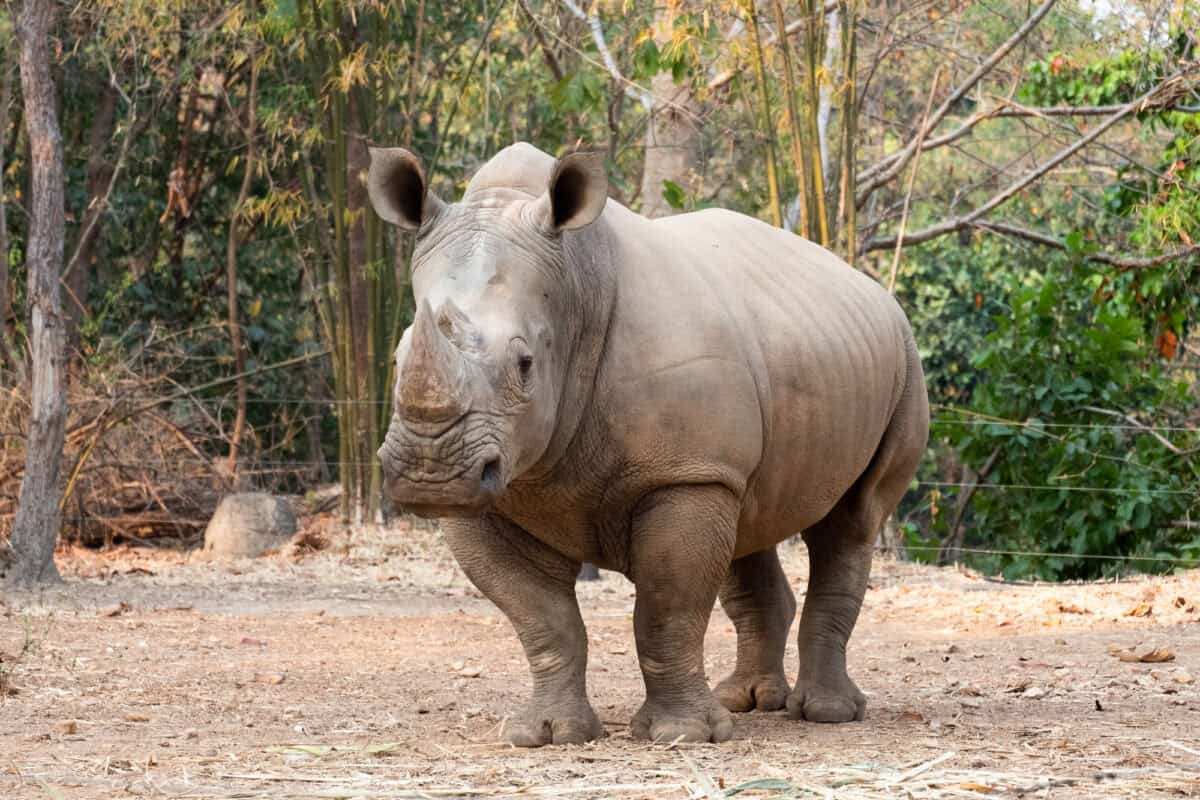In the rolling grasslands of Hluhluwe-iMfolozi Park, shared by rhinos and lions, South Africa’s oldest game reserve, conservation feels more like combat. Armed rangers move in units, drones hover at dusk, and infrared cameras scan the bush from high towers. It’s not tourism that drives this—it’s protection. Or what’s left of it.
This corner of KwaZulu-Natal was once the world’s last refuge for southern white rhinos. Now, it’s a front line. Each day, the park braces for intrusions. Each week, rhinos fall—some found with their horns hacked off, others vanishing without trace.
Poachers Within

Last month, two staff members were arrested for tipping off a regional poaching ring. Conservationists weren’t shocked. “The corruption goes beyond the fences,” says Sipho Ngcobo, a field officer in the park. “Our systems of protection have cracks—and rhinos are slipping through them.”
The black market demand for rhino horn, driven by buyers in Vietnam and China, fuels a billion-rand underground economy. Syndicates now use encrypted messaging, night vision, and silencers. Parks like Hluhluwe-iMfolozi are adapting—but just barely.
Born Into Surveillance

In January, a female white rhino gave birth near the Black iMfolozi River. Instead of fanfare, the calf’s birth was marked with silence. Its location was logged, its trail monitored via satellite. It is a creature born not into wilderness, but into constant oversight.
“We don’t name calves anymore,” Ngcobo says. “We number them. That’s how we keep them alive.” In a world where protection means invisibility, anonymity is a survival tactic.
Militarized Conservation

The park now spends nearly half its annual budget on security. Helicopter patrols, canine units, and cyber-surveillance eat into funds once used for community outreach and ecosystem restoration. Some say it’s unsustainable. Others say it’s the only reason there are still rhinos left.
But there’s growing concern that this reactive strategy—however well-intentioned—is unsustainable. “You can’t guard your way out of extinction,” says Dr. Lerato Dlamini, a conservation policy analyst. “We need demand reduction. We need global accountability. Protection can’t be the rhino’s only future.”
A Precarious Future

There are moments of hope—like when a rhino cow and her calf emerge at dawn, unbothered, grazing in golden light. But even those moments are fragile. In 2024, poaching in KwaZulu-Natal surpassed that of Kruger for the first time—a statistic as symbolic as it is alarming.
For the rhinos of Hluhluwe-iMfolozi, survival is no longer about thriving in the wild. It’s about navigating a maze of fences, weapons, and watchers. And even then, protection might not be enough.
- Longest Migrations in the Animal Kingdom - August 6, 2025
- How a Hydrothermal Explosion Occurred at Yellowstone National Park - August 6, 2025
- Urban Monkeys: Adapting to City Life - August 5, 2025

